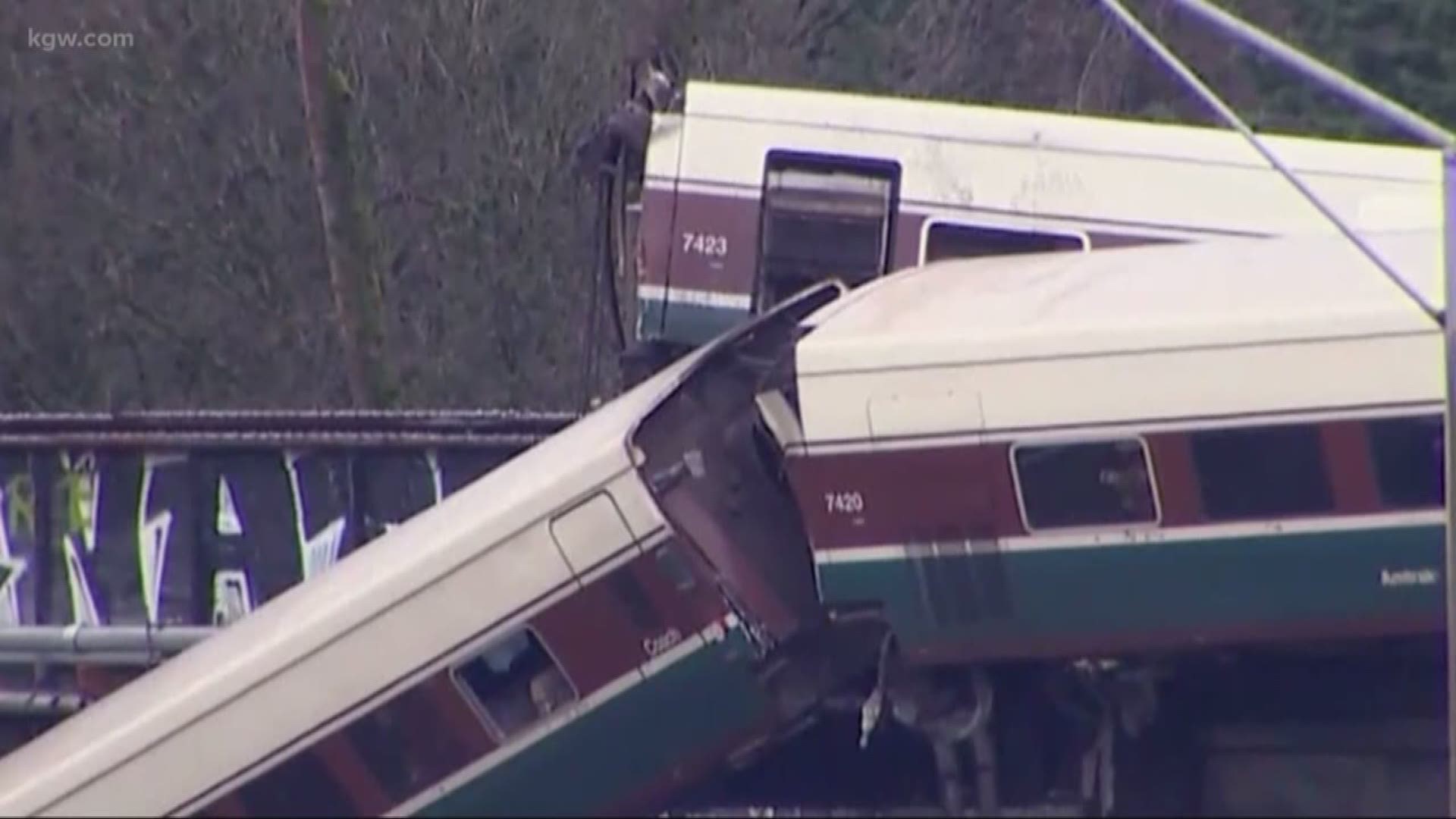(The video in this story is from the original crash in December of 2017)
Federal safety investigators say a deadly Amtrak train derailment in Washington state happened because the engineer lost track of where he was on the route and was going more than twice the speed limit when he hit a curve.
The National Transportation Safety Board announced the findings Tuesday at a meeting in Washington, D.C.
The News Tribune reports investigators also blamed Sound Transit for not sufficiently mitigating the danger of the sharp bend, Amtrak for not better training the engineer, Washington State Department of Transportation for not ensuring the route was safe before green-lighting a passenger train and the Federal Railroad Administration for using rail cars beneath regulatory standards.
The derailment occurred on Dec. 18, 2017, during the first passenger trip for a new Amtrak service between Seattle and Portland.
Amtrak train 501 was traveling at 78 mph when it left the track near DuPont. The lead locomotive, power car, and two passenger cars derailed onto I-5.
Along with the three people killed, 65 were injured.
(Story continues below)
Since then, the Federal Railroad Administration has cracked down on safety requirements, with a heavy focus on positive train control, or PTC. The technology is a system that can slow down or stop a train if it's going too fast or heading into a danger zone. It's widely believed PTC could have prevented a deadly derailment.
The Federal Railroad Administration required that all railroads be PTC compliant as of December 31, 2018, with some exceptions in the form of extensions, which was already an extension of the original 2015 deadline.
Service on the route was halted immediately following the crash until positive train control was activated and the National Transportation Safety Board completed its investigation.

